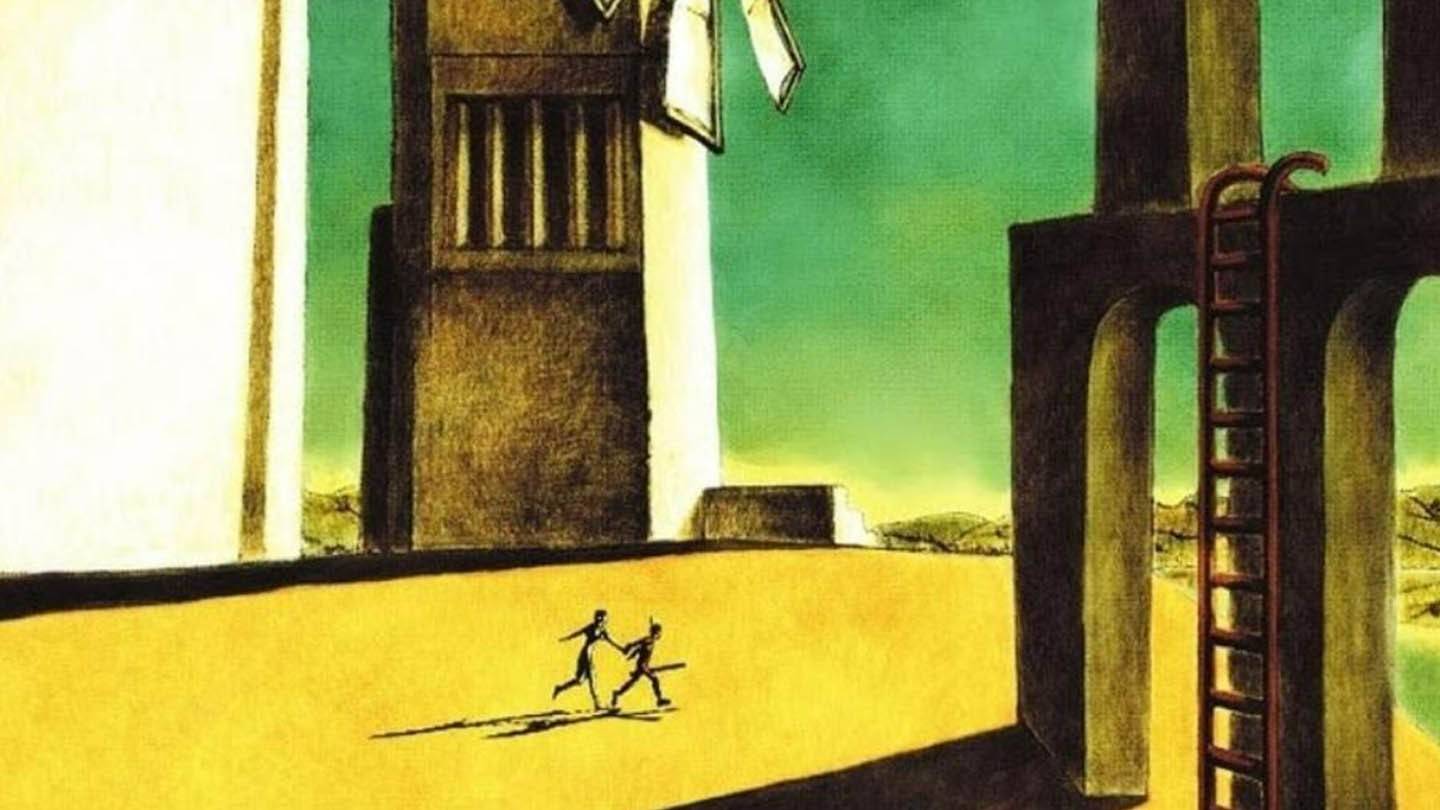
Yoko Taro, the visionary mind behind acclaimed titles like NieR: Automata and Drakengard, has openly discussed the profound impact that ICO had on the video game industry as a medium for artistic expression. Released in 2001 for the PlayStation 2, ICO swiftly rose to cult classic status, celebrated for its minimalist design and its storytelling that spoke volumes without a single word.
Taro praised the innovative core mechanic of ICO, where players guide the character Yorda by holding her hand. This approach, he noted, dramatically shifted the gameplay norms of the era. "If ICO had you carry a suitcase the size of a girl instead, it would have been an incredibly frustrating experience," Taro pointed out. He stressed that this mechanic of leading another character was revolutionary, challenging the conventional understanding of interactivity in video games.
During that period, successful game design was often gauged by its ability to remain engaging even if all elements were reduced to basic cubes. ICO broke away from this trend by focusing on emotional resonance and thematic depth, rather than just mechanical novelty. Taro argued that ICO demonstrated that art and narrative could move beyond being mere settings for gameplay, becoming essential parts of the overall experience.
Labeling ICO as "epoch-making," Taro acknowledged its role in redefining the direction of game development. He lauded the game for illustrating that video games could communicate profound messages through subtle interactions and atmospheric design.
Beyond ICO, Taro also highlighted two other games that significantly influenced both him and the broader industry: Undertale by Toby Fox and LIMBO by Playdead. These titles, he believes, expanded the horizons of what can be achieved through interactive media, showcasing the capacity of video games to provide deep emotional and intellectual experiences.
For enthusiasts of Yoko Taro's creations, his reverence for these games provides a window into the creative influences that shape his work. It also highlights the continuous evolution of video games as a dynamic and expressive art form.








